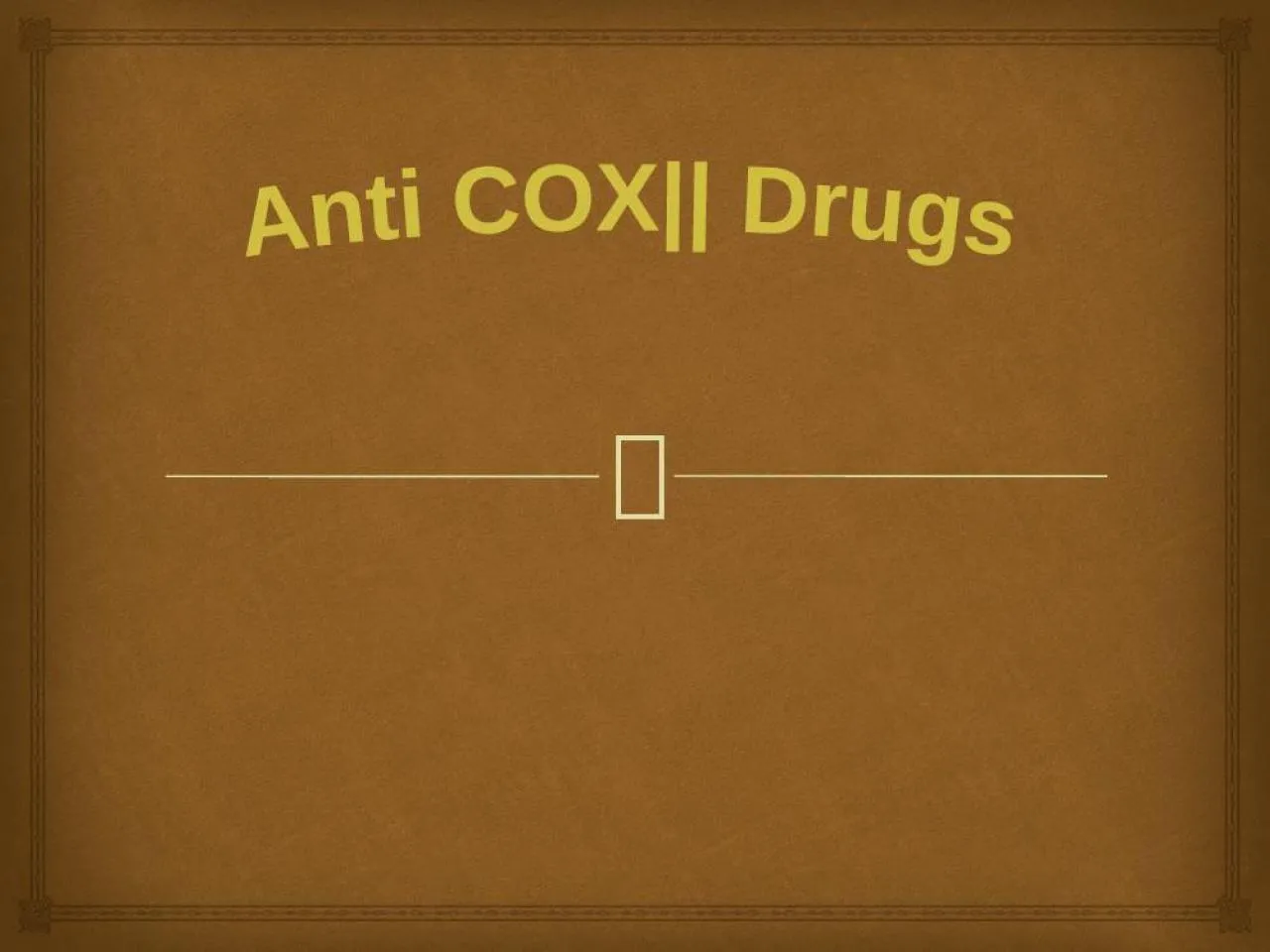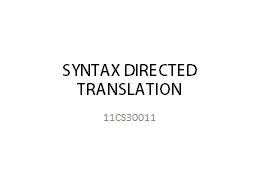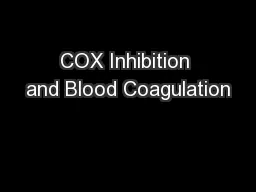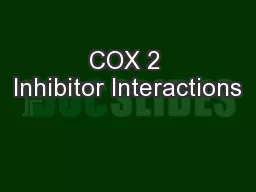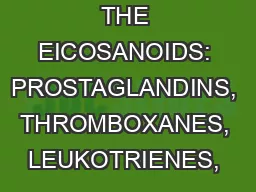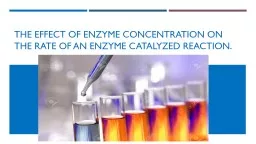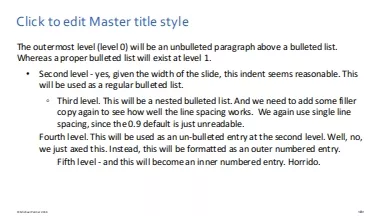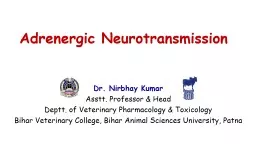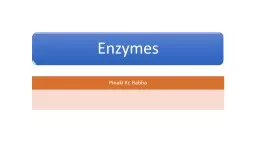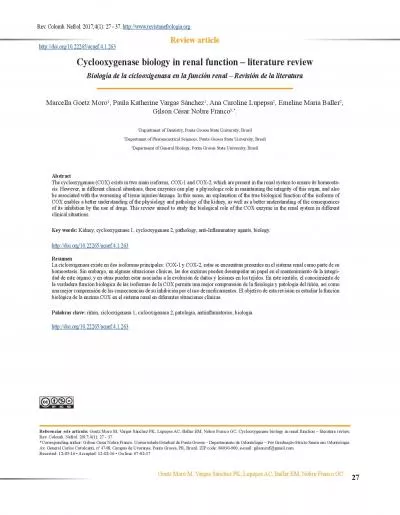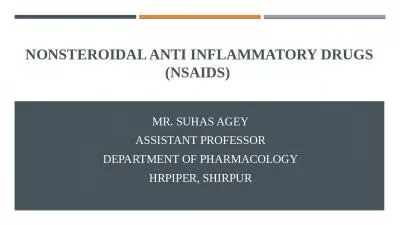PPT-Anti COX|| Drugs An enzyme called cyclooxygenase that use in synthesized of different
Author : summer | Published Date : 2022-05-18
prostanoids in the body These prostanoids including prostaglandins prostacyclin and thromboxane they are important biological mediators that play important
Presentation Embed Code
Download Presentation
Download Presentation The PPT/PDF document "Anti COX|| Drugs An enzyme called cycloo..." is the property of its rightful owner. Permission is granted to download and print the materials on this website for personal, non-commercial use only, and to display it on your personal computer provided you do not modify the materials and that you retain all copyright notices contained in the materials. By downloading content from our website, you accept the terms of this agreement.
Anti COX|| Drugs An enzyme called cyclooxygenase that use in synthesized of different: Transcript
Download Rules Of Document
"Anti COX|| Drugs An enzyme called cyclooxygenase that use in synthesized of different"The content belongs to its owner. You may download and print it for personal use, without modification, and keep all copyright notices. By downloading, you agree to these terms.
Related Documents

